Our Research
As climate changes, how do Earth's frozen areas affect our planet and impact society?
In this section
Related News & Stories
Filter by:
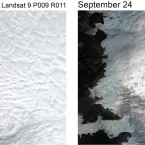
Analysis - Ice Sheets Today
The 2024 melt season for the Greenland Ice Sheet ended with the second-lowest cumulative daily melt extent in this century, ranking twenty-eighth in the satellite record, which began in 1979. A late summer heat wave along the northwestern ice sheet closed out the season.
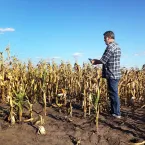
Feature Story
Using NASA Soil Moisture Active Passive (SMAP) data archived at the National Snow and Ice Data Distributed Active Archive Center (NSIDC DAAC), a research team has brought drought forecasting to near real-time.
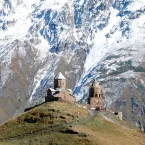
Spotlight
A newly published study has mapped glacial debris across the Greater Caucasus, the mountainous region between the Black and Caspian Seas. The study found an increasing trend in glacial debris between 2014 and 2020. The authors relied on GLIMS data at NSIDC in their research.
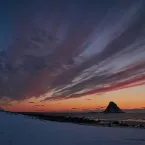
Analysis - Sea Ice Today
As darkness extends southward across the Arctic, sea ice has advanced to much of the Russian shoreline, but growth has been particularly slow in the Barents and Kara Seas. In the Antarctic, with the onset of spring, the pace of seasonal sea ice loss has increased.

Analysis - Sea Ice Today
On September 19, Antarctic sea ice likely reached its annual maximum extent of 17.16 million square kilometers (6.63 million square miles). The 2024 maximum is the second lowest in the 46-year satellite record above only 2023.
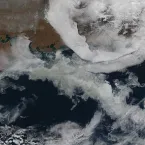
Analysis - Sea Ice Today
Since 2007, the Arctic sea ice minimum has dropped below 5 million square kilometers (1.93 million square miles) every year, except in 2009, 2013, and 2014, when extent barely crossed the 5 million square kilometer mark. Such low extents would have been hard to imagine in the 1990s, when extent averaged 6.46 million square kilometers (2.49 million square miles). Arctic climate warming continues to lead an unfortunate path of change for the planet. Here, NSIDC researchers summarize this year’s events in the Arctic, and touch upon Antarctica sea ice extent at the end of its austral winter.